Ibaraki Travel Guide
Ibaraki Tourist Attractions
Ibaraki Featured Restaurants
Located on the Pacific coast of Japan, not too far northeast of Tokyo, Ibaraki Prefecture is a hub of old and new— of modern industry and traditional beauty. The prefecture houses the operations HQ of the Japanese Space Agency JAXA, as well as one of the country’s three most famous waterfalls, and one of the country’s three most revered gardens.
The capital city Mito is the home to the latter of these, where you can enjoy wandering beneath the 3000 plum blossom trees of Kairakuen Garden. These trees — often overlooked in favor of the sakura cherry blossoms — are something like an emblem for the prefecture, and it’s far and away the best place to experience their beauty. In fact, the prefecture has plenty of amazing spots for budding botanists, such as Hitachi City’s huge, flower-covered park (Hitachi Seaside Park).
If it’s religious culture that takes your fancy, then head to the town of Ushiku to take a look at its gigantic bronze Buddha statue, which stands an astounding 120 meters tall! This was the tallest statue in the world until 2008, and still ranks in the top five as of 2018.
Once you’ve finished paying your respects to the Godzilla-sized buddha, walking through the city parks, or hiking through the trails to waterfalls, the prefecture also has plenty of great eating and drinking to dive headfirst into, as well.
What to eat in Ibaraki?
What are the best things to do in Ibaraki?
When to view plum blossoms in Ibaraki?
What is Ibaraki famous for?
What to buy in Ibaraki?
Sign up for insider tips & sneak peeks into the diverse world of dining in Japan
 Tokyo
Tokyo Osaka
Osaka Kyoto
Kyoto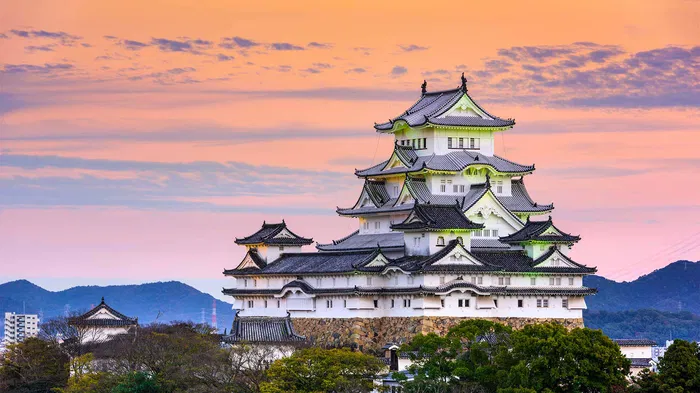 Hyogo
Hyogo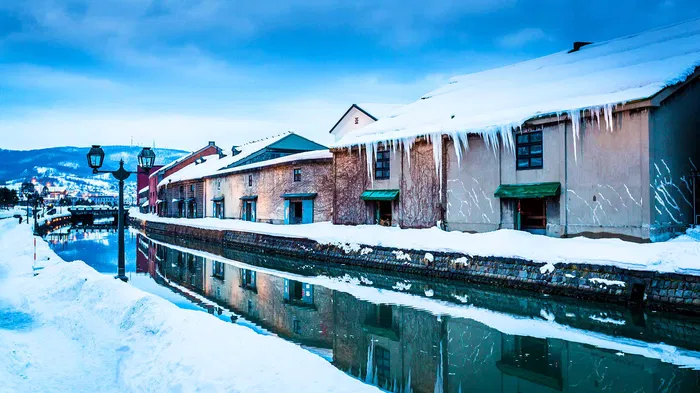 Hokkaido
Hokkaido Nara
Nara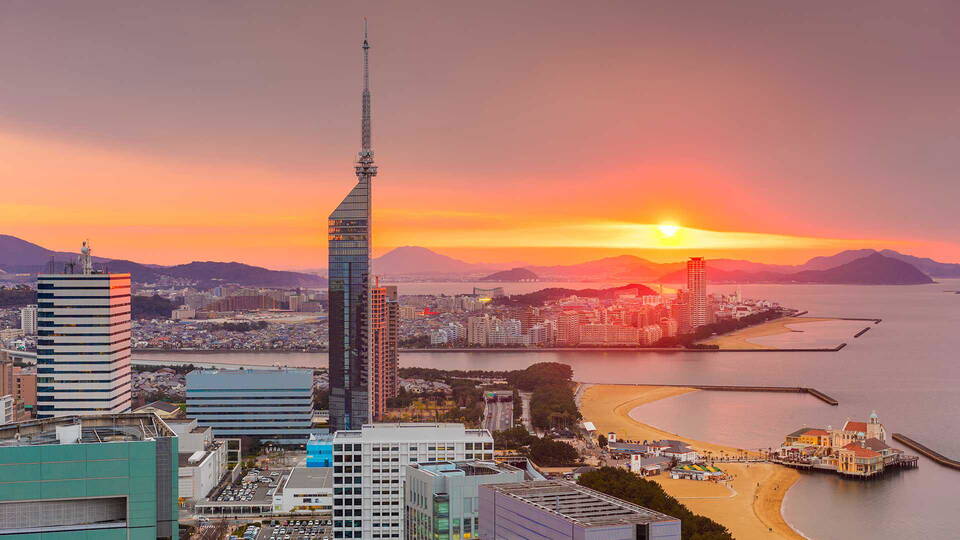 Fukuoka
Fukuoka Hiroshima
Hiroshima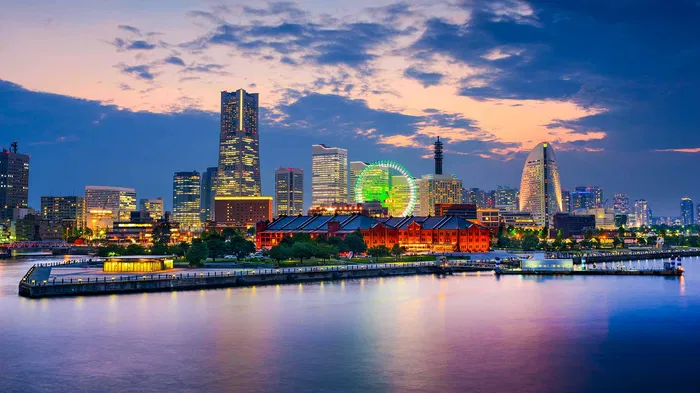 Kanagawa
Kanagawa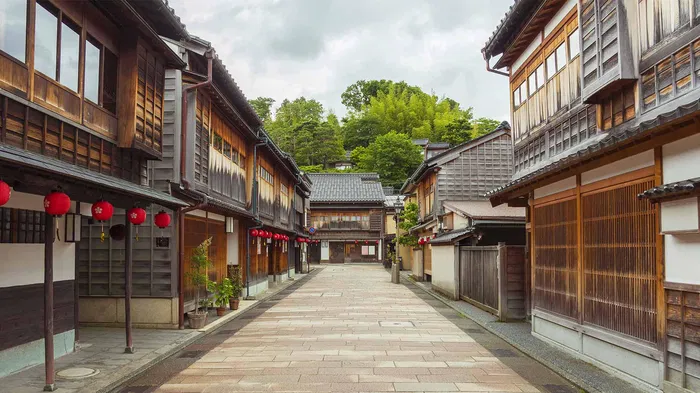 Ishikawa
Ishikawa Florence
Florence Paris
Paris Rome
Rome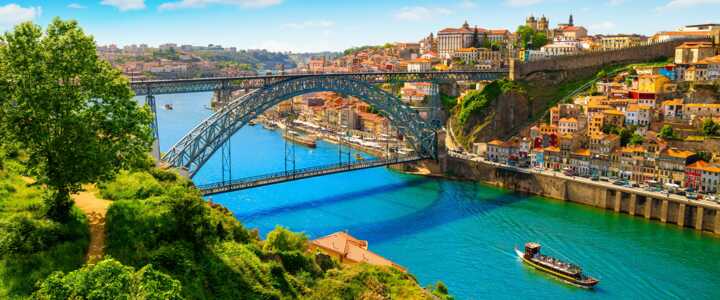 Porto
Porto Barcelona
Barcelona New York
New York Venice
Venice Madrid
Madrid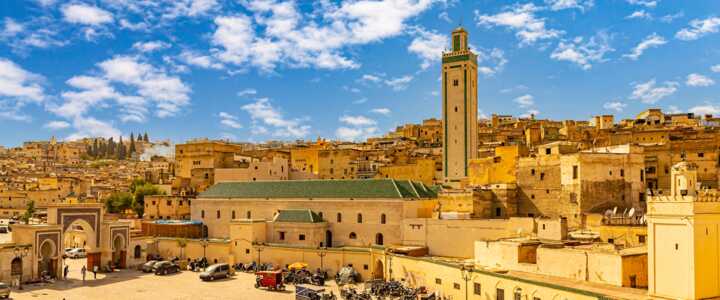 Marrakesh
Marrakesh Istanbul
Istanbul


